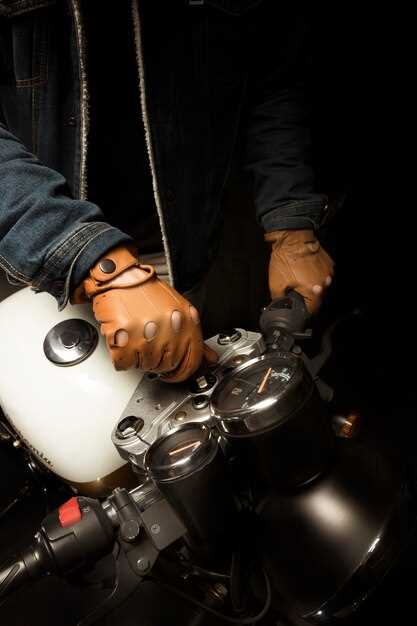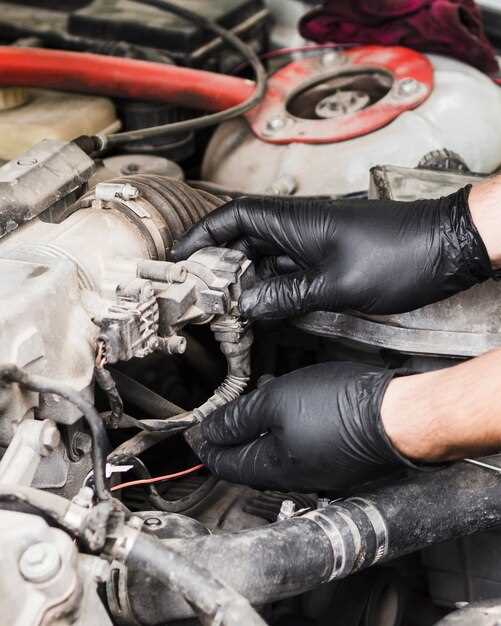
Performing a diy oil change on your motorcycle is not only a cost-effective solution but also an opportunity to enhance your mechanical skills and better understand your bike. Regular oil changes are crucial for maintaining engine health, improving performance, and extending the lifespan of your motorcycle. This comprehensive guide will walk you through each step of the oil change process, ensuring you have all the necessary information to execute it efficiently.
Whether you own a sportbike, cruiser, or touring motorcycle, the process may vary slightly, but the fundamental principles remain the same. Understanding the type of oil suitable for your specific motorcycle is essential. Different engines require different oil viscosities and types, including synthetic, semi-synthetic, and conventional oils. This guide provides insights into selecting the right oil, along with tips and tricks to simplify the diy oil change experience.
By following this guide, you’ll not only gain valuable knowledge about your motorcycle’s maintenance but also the confidence to tackle other diy projects in the future. From gathering tools to disposing of used oil responsibly, this article covers every aspect of the oil change process. Let’s get started on ensuring your motorcycle runs smoothly and efficiently with a fresh oil change!
Choosing the Right Oil and Tools for Your Motorcycle

When it comes to performing a DIY oil change on your motorcycle, selecting the appropriate oil and tools is crucial for optimal engine performance and longevity. Below are key considerations to guide you in making the right choices.
Choosing the Right Oil
1. Type of Oil: Motorcycles generally use three types of oil:
- Synthetic Oil: Offers superior performance, protection, and efficiency. Ideal for high-performance bikes.
- Conventional Oil: Standard oil, suitable for older models or bikes with minimal demands.
- Blend Oil: A mix of synthetic and conventional oil, providing balanced performance and cost-effectiveness.
2. Viscosity Rating: The viscosity rating affects how the oil flows at different temperatures. Ensure you check the owner’s manual for the recommended viscosity grade, typically formatted as ‘SAE XXW-XX’.
3. Certification: Look for oils that meet industry standards, such as API (American Petroleum Institute) or JASO (Japanese Automotive Standards Organization). These certifications ensure the oil has been tested and meets specific performance criteria.
Choosing the Right Tools
A successful oil change also requires the correct tools. Here’s a list of essential tools for a DIY oil change:
- Oil Filter Wrench: Necessary for removing the oil filter without damaging it.
- Socket Set: For removing drain plugs and other components that require a tight fit.
- Funnel: To pour new oil into the engine without creating mess.
- Oil Catch Pan: To collect the old oil during the draining process and prevent spills.
- Torque Wrench: To ensure that drain plugs and filters are secured to the manufacturer’s specifications.
4. Additional Supplies: Don’t forget shop towels, gloves, and possibly a new gasket for the oil filter, as these items can help maintain cleanliness and ensure a proper seal.
By carefully selecting the right oil and tools, you can perform an effective DIY oil change that enhances your motorcycle’s performance and extends its lifespan.
Step-by-Step Process for Draining and Replacing Oil
Begin the oil change process by gathering necessary tools and materials, including a wrench, oil filter wrench, oil catch pan, funnel, and new oil and filter suitable for your motorcycle.
Start with the motorcycle on a level surface and ensure the engine is warm to help the oil flow more easily. Next, turn off the engine and remove the key.
Locate the oil drain plug beneath the engine. Using the appropriate wrench, carefully loosen and remove the drain plug. Position the oil catch pan below the drain plug to collect the used oil as it drains.
Allow the oil to drain completely, which may take several minutes. While the old oil is draining, locate the oil filter. Use an oil filter wrench to remove the old filter, ensuring that any residual oil is captured in the catch pan.
Before installing the new oil filter, apply a small amount of new oil to the rubber gasket of the new filter. This helps ensure a proper seal. Install the new oil filter by hand, tightening it according to the manufacturer’s specifications.
Once the oil has drained fully and the filter is replaced, return to the oil drain plug. Clean the area around the drain hole and reinstall the drain plug, tightening it securely.
Now, it’s time to add the new oil. Using a funnel, pour the recommended type and amount of new oil into the oil fill cap. Check the owner’s manual for specific oil capacity and specifications.
After adding oil, wait a few moments and check the oil level using the dipstick. If necessary, add more oil until it reaches the correct level.
Finally, start the engine and let it run for a few minutes. This allows the new oil to circulate throughout the engine. Check for any leaks around the filter and drain plug. If everything is secure, turn off the engine and dispose of the used oil and filter responsibly.
Common Mistakes to Avoid During an Oil Change

Performing a DIY oil change can be an empowering experience, but it’s essential to be aware of common pitfalls that could compromise your motorcycle’s performance. One frequent mistake is using the incorrect oil type. Always refer to your owner’s manual to find the recommended oil specifications for your particular motorcycle model. Using the wrong viscosity or formula can lead to engine damage.
Another common error is neglecting to replace the oil filter. While draining the old oil, it’s easy to forget that the oil filter also needs changing. A clogged or old filter can contaminate fresh oil, negating the benefits of your oil change.
Failing to thoroughly drain the old oil is another mistake. Ensure that the motorcycle is level and allow adequate time for drainage to remove all old oil. Incomplete drainage can mix new oil with residual impurities, reducing its effectiveness.
Be mindful of overtightening the oil drain plug. While it’s important to secure the plug properly, overtightening can strip threads or damage the gasket, leading to leaks. Use a torque wrench to apply the proper amount of force recommended by the manufacturer.
Using old or damaged tools can also hinder the oil change process. Ensure you have reliable tools, including an oil wrench and a funnel, to facilitate a smooth and clean oil change. Poor-quality tools can lead to accidents or incorrect installations.
Finally, don’t skip the post-change inspection. After replacing the oil and starting the engine, check for leaks and ensure the oil pressure is normal. This step confirms that the oil change was successful and that your motorcycle is ready for the road.
